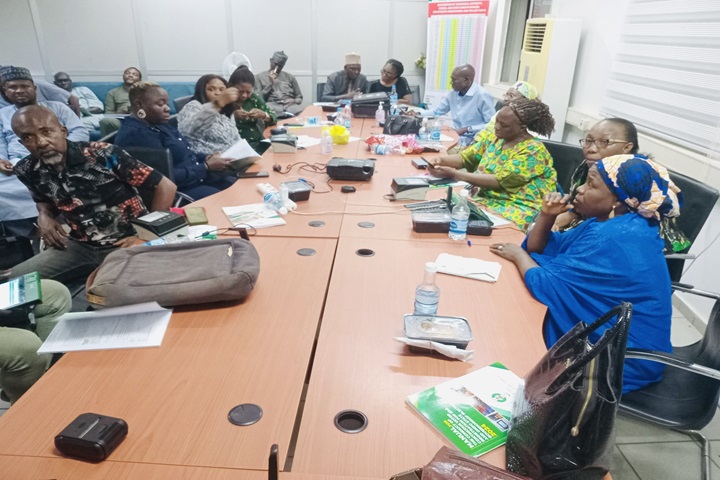Africa
Violent earthquake hits Afghanistan, tremors felt in Delhi

The National Center for Seismology (NCS) confirmed on Saturday, April 19, 2025, that a strong 5.8 magnitude earthquake struck Afghanistan.
NCS confirmed the seismic activity through a post on the social media platform, X (formerly twitter).
The earthquake measured 5.8 on the Richter scale, shaking areas across northern Afghanistan.
NCS said the epicentre lay at 36.10°N latitude and 71.20°E longitude, with a depth of 130 kilometres.
Tremors from the quake reached parts of northern India, including Delhi-NCR and Jammu and Kashmir.
Residents in these areas felt light vibrations during the afternoon hours.
No casualties or damage have been reported as of Saturday evening.
Authorities said they are monitoring the situation for further developments.
This incident comes days after a similar earthquake hit Afghanistan earlier in the week.
Earlier, Diaspora Digital Media (DDM) reported that on Wednesday, a 5.6 magnitude earthquake struck around 164 kilometres east of Baghlan.
The European-Mediterranean Seismological Centre, EMSC, first reported it as a 6.4 magnitude tremor.
Later, EMSC revised the measurement to 5.6 after further data analysis.
That same day, Kishtwar in Jammu and Kashmir also experienced a mild earthquake.
The tremor in Kishtwar occurred at 5:14 am IST and measured 2.4 on the Richter scale.
NCS said the quake in Kishtwar had a shallow depth of only 5 kilometres.
The United Nations Office for the Coordination of Humanitarian Affairs, UNOCHA, described Afghanistan as highly disaster-prone.
UNOCHA warned that frequent earthquakes continue to endanger vulnerable Afghan communities.
Many of these communities have faced decades of conflict, poverty, and displacement.
UNOCHA said these conditions weaken their ability to respond to natural disasters.
The Red Cross also raised concern over Afghanistan’s long history of devastating earthquakes.
It identified the Hindu Kush region as one of the most active seismic zones in the country.
Geologists say the region lies along the Indian and Eurasian tectonic plate boundary.
One of the major fault lines runs through Herat, increasing its earthquake risk.
Seismologists continue to monitor the region for aftershocks and further seismic activity.
For Diaspora Digital Media Updates click on Whatsapp, or Telegram. For eyewitness accounts/ reports/ articles, write to: citizenreports@diasporadigitalmedia.com. Follow us on X (Fomerly Twitter) or Facebook












